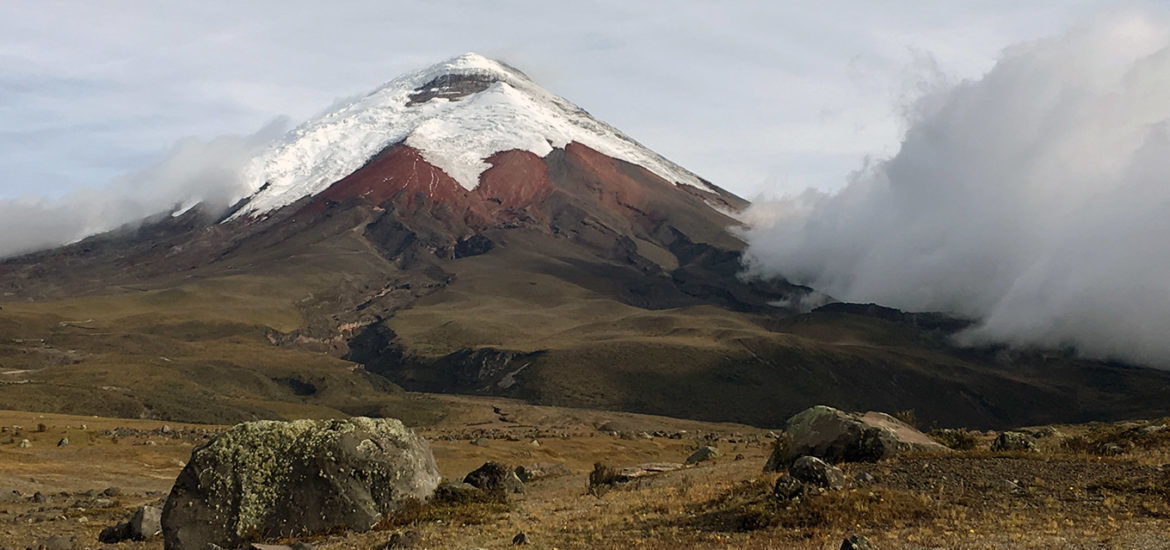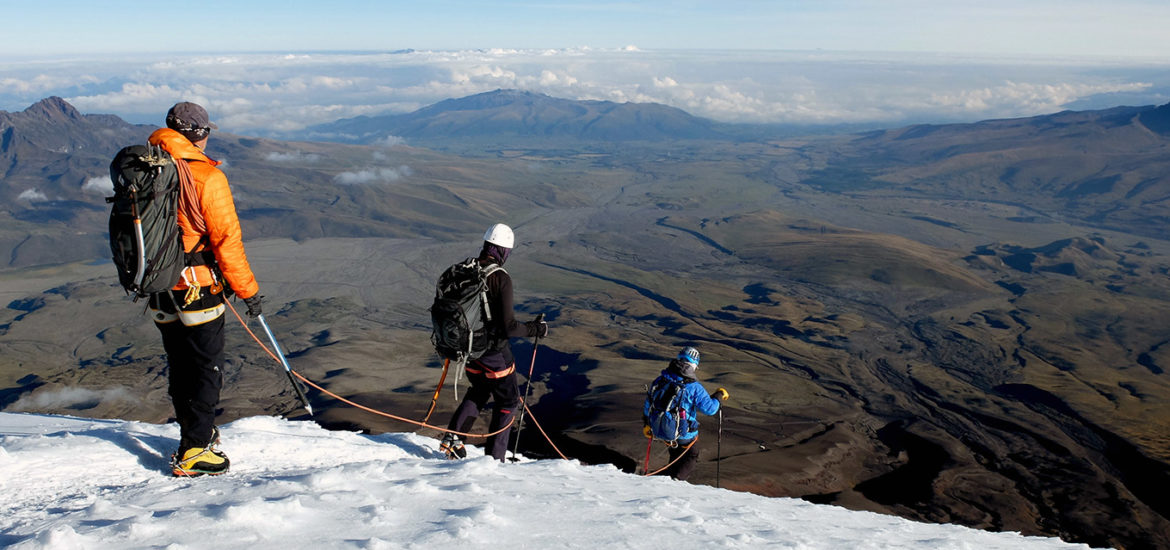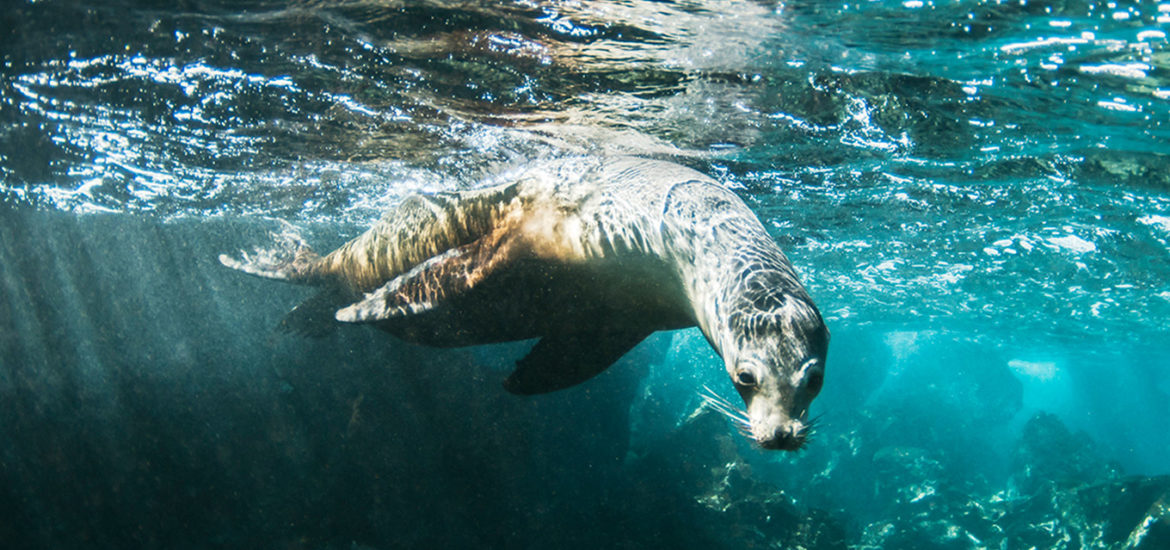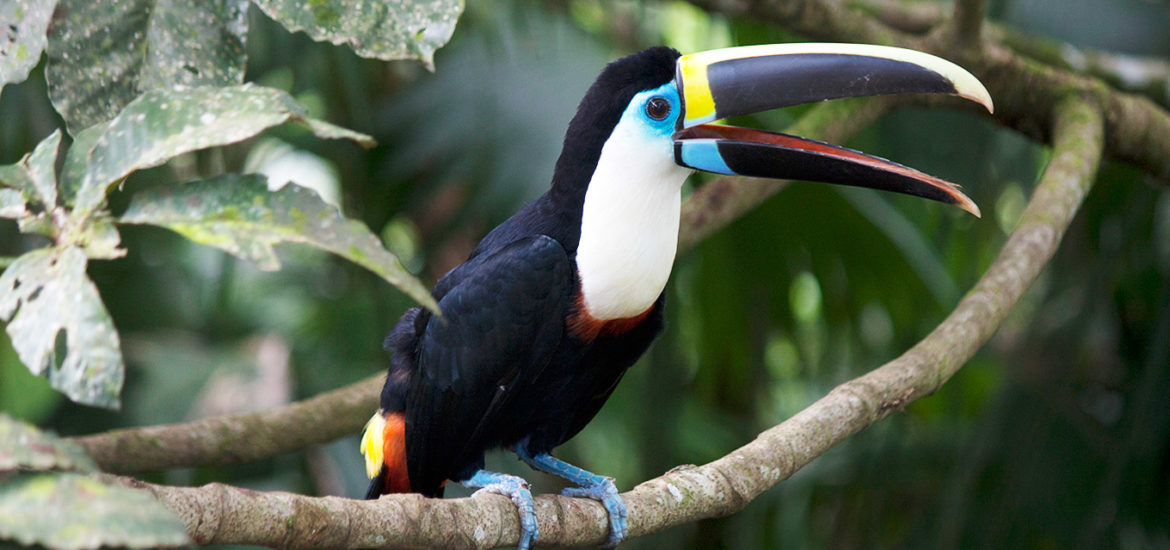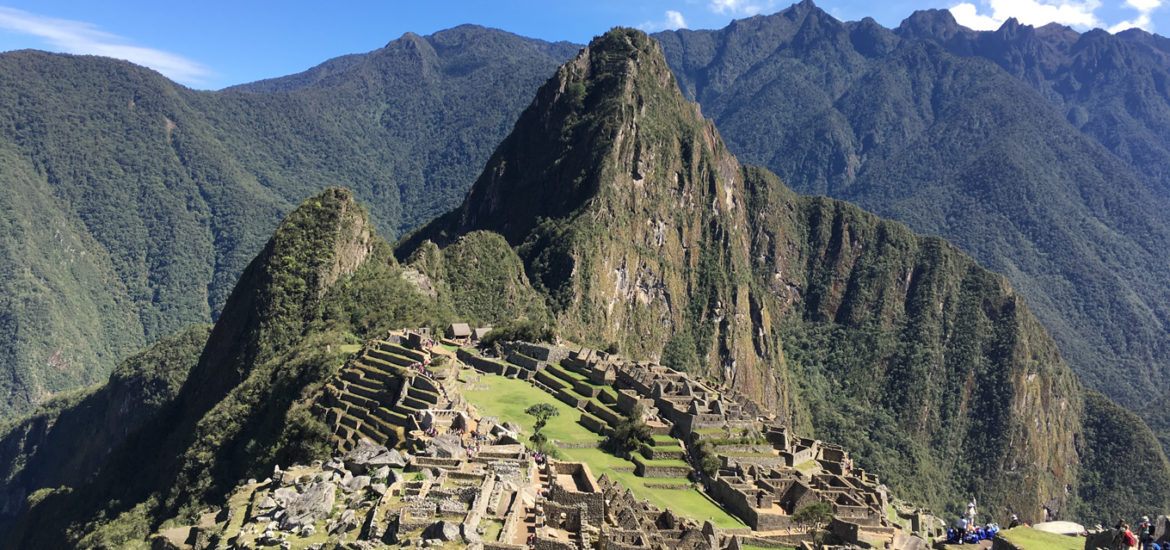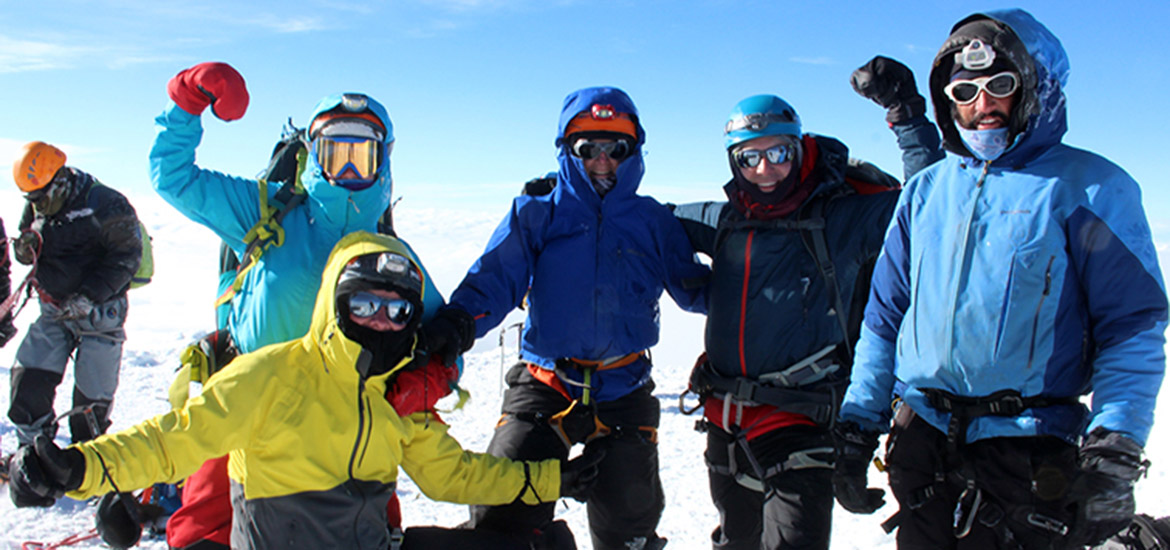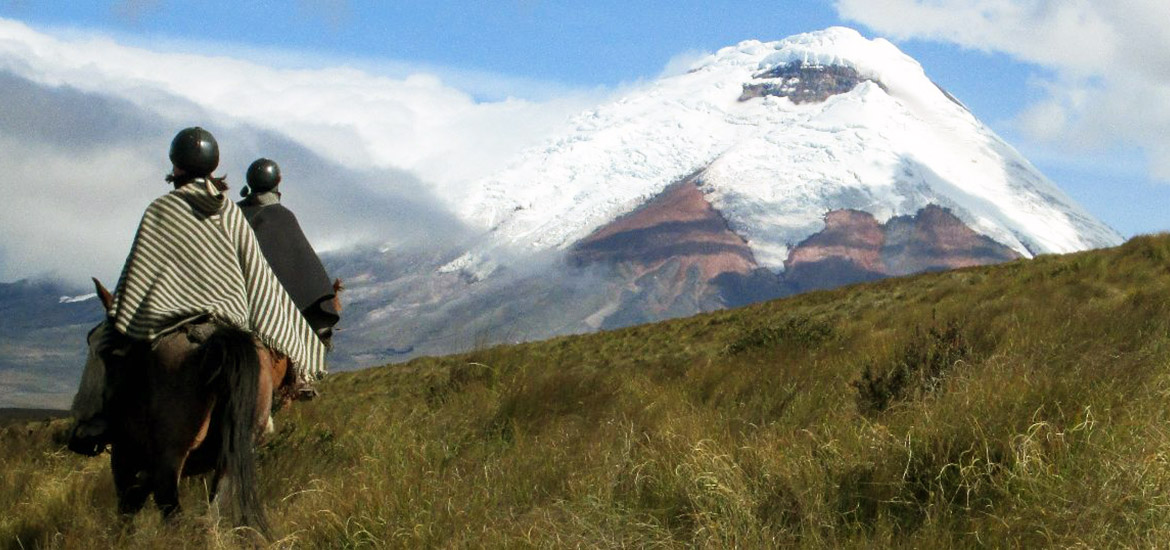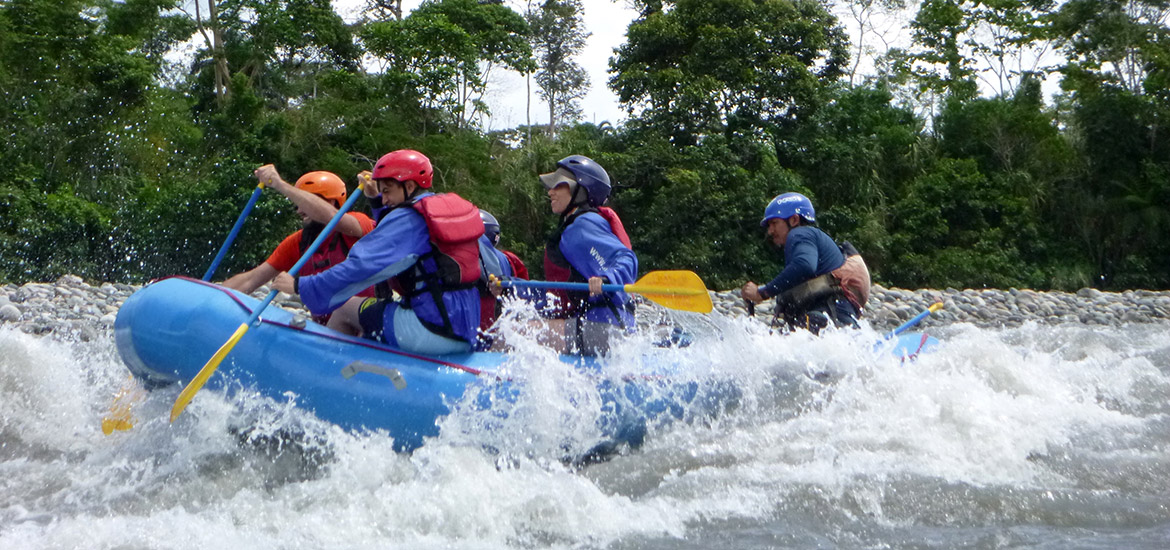How to travel around in Ecuador, where to start and which ones are the “not to miss places”?
Author: calacara
SPORTS ACTIVITIES
Though one of the smallest countries in South America, Ecuador offers an incredible variety of sceneries, wildlife and people.
GALAPAGOS ISLANDS
The Galapagos … a childhood dream for most of us! Who has not dreamed one day to swim with sea lions?
AMAZON
The Amazon is also known as “Oriente”, which gives a mystical and legendary connotation …
SOUTH AMERICA
South America; a wonderful destination with spectacular natural monuments that you can´t miss …
TREKKING
The best way to explore the superb Andean landscapes is on foot and through well-commuted trade trails used by the indigenous cultures for centuries. On these trails even today, you will find glimpses of everyday life in local communities, from people returning from the weekly market or women carrying their babies and groceries on the back, to men rearing their pack animals.
Our trekking tours vary from easy one-day hikes up to tailor-made, several-day programs with overnight stays in hotels/hostels, huts and community projects. For the more adventurous trekker, accommodation in tents can also be arranged.
One-day hike : Cuicocha Lake Loop
Several-day, hostal-based trekking : Quilotoa Loop
Several-day trekking out in the wilderness : Camino del Inca, Altar Trekking
Example of a 20-day trekking trip
Join us on an adventure to visit the most beautiful sites of the Andes, from traditional communities and markets to emerald-colored crater lakes and snow-capped volcanoes. Or take a train ride to the Devil’s Nose and explore the stunning diversity of the Amazon Lowland with our guided tour.
After arriving in Quito, you travel to the Otavalo area straight away, and for the next four days, explore its famous market, the volcanic crater lake Cuicocha with its abundant vegetation and hike to the top of the first summits: Fuya Fuya und Cubilche.
After visiting the colonial old town of Quito, you ride the cable car called TelefériQo up to the Rucu Pichincha. Then, it is time to head to the Cotopaxi area, where you climb Pasochoa and visit the Cotopaxi National park before embarking on the three-day Quilotoa loop.
After visiting the colonial old town of Quito, you ride the cable car called TelefériQo up to the Rucu Pichincha. Then, it is time to head to the Cotopaxi area, where you climb Pasochoa and visit the Cotopaxi National park before embarking on the three-day Quilotoa loop.
It’s time to get to the highest point of the tour at the refugee on the West face of the Chimborazo, located at 5.080 meters above sea level before enjoying a seven-day train ride. Relax in the hot pools of Baños and visit the nearby waterfalls before ending the trip in the Amazon Lowland at a lodge along the Napo River. This is when you head back to Quito to take your return flight .
You will stay in a hotel/hostel, hacienda or lodge every night, but you will also spend a night with an indigenous community in a project. Most meals are included and you will be accompanied by a certified guide and driver.
CLIMBING
There are many technically straightforward ascents at 5.000-meter-high peaks and in close proximity to the main cities. This avoids long commutes and elaborated expedition planning often necessary in other high mountain ranges.
The most inviting and most frequently-climbed glaciated peak in Ecuador is the active volcanic cone Cotopaxi rising 5.897 meters above sea level. Chimborazo , another snow-capped volcano rising over 6.263 meters above sea level, is not only the highest in Ecuador but also the closest point to the sun- this is due to the earth’s equatorial bulge.
Most of the climbs are not difficult in themselves but are often considered technical because of the equipment required for the ascent. They also demand a good physical condition and an adequate high-altitude acclimatization program beforehand.
Our certified mountain guides will prepare you, through an acclimation program, for your night climb of one of the volcanoes. The programs usually start with a hike at lower altitudes, such as the Cuicocha loop or Pasochoa summit (4.200 m.). As you gain more experience, you will be exposed to climbs with higher altitude and summit ascents such as Rucu Pichincha (4.697m), Corazón (4.800m) or Rumiñahui (4630). The last acclimation climb will take place at Illiniza North (5.126m). At this point of your training, you will be ready for your attempt to conquer Cotopaxi (5897m) and, after a day for relaxation, the Chimborazo summit (6.263m).
HORSE BACK RIDING
Riding in the Andes, as the local cowboys or so-called “Chagras” do, provides a unique opportunity to explore the off-road areas and small villages while riding “criollo” Andean horses.
As a beginner, you can enjoy a short ride around Cotopaxi National park. You will be accompanied by a local guide who provides a preliminary briefing on how to handle the tame horses.
For more experienced riders, we offer tailor-made circuits that start in the Andes and continue down to the Cloud forest. Canter across the plains of Cotopaxi National Park below the snowcapped peak, loop around the hidden Piñan lake and ride down steep paths into the Cloud Forest of the Intag valley.
BIKE
Ecuador offers some of the most scenic downhill routes you can imagine. It’s possible to find a route for everybody, and several-day circuits for the very sportive and technically-savvy cyclists can be arranged. Riders will get 21-speed mountain bikes and the necessary safety gear (such as a helmet and riding gloves). Both experienced bilingual guides as well as a private transportation will accompany you during your journey at all times.
Possible day trips out of Quito:
From the rim of the active volcano Guagua Pichincha down to the western slope of the Cloud Forest.
Down from the continental water division at the Papallacta pass to the doorway of the Amazon Lowland. You may relax in the hot springs of Papallacta.
Cotopaxi and Chimborazo downhill, where else can you start your bike ride at almost 5.000 meters above sea level?
Alternatively, we offer tailor-made circuits from the Andes down to the Cloud Forest or the Coast –it requires a certain level of expertise.
EXTREME SPORTS
White water rafting
Enjoy a white-water trip with mile-after-mile class-IV rapids in a spectacular rainforest and canyon sceneries. Here, you can expect to run more white water rapids in a day than you would in a week somewhere else.
Beginners and families can have their first experience on calmer water along the headwater of the Amazon tributary streams.
Rock climbing
Ecuador offers some of the finest lines in different grades. The rock is volcanic and tends to offer lots of small holds and crags.
There are walls near Quito, Baños and Cuenca with easy access and pre-established routes.
Sigsigpamba, Quito – the shady basalt crag is likely the most popular in the Quito area.
Cojitambo, Cuenca – the 150-meter wall of Cojitambo was one of the first climbing areas developed in Ecuador.

